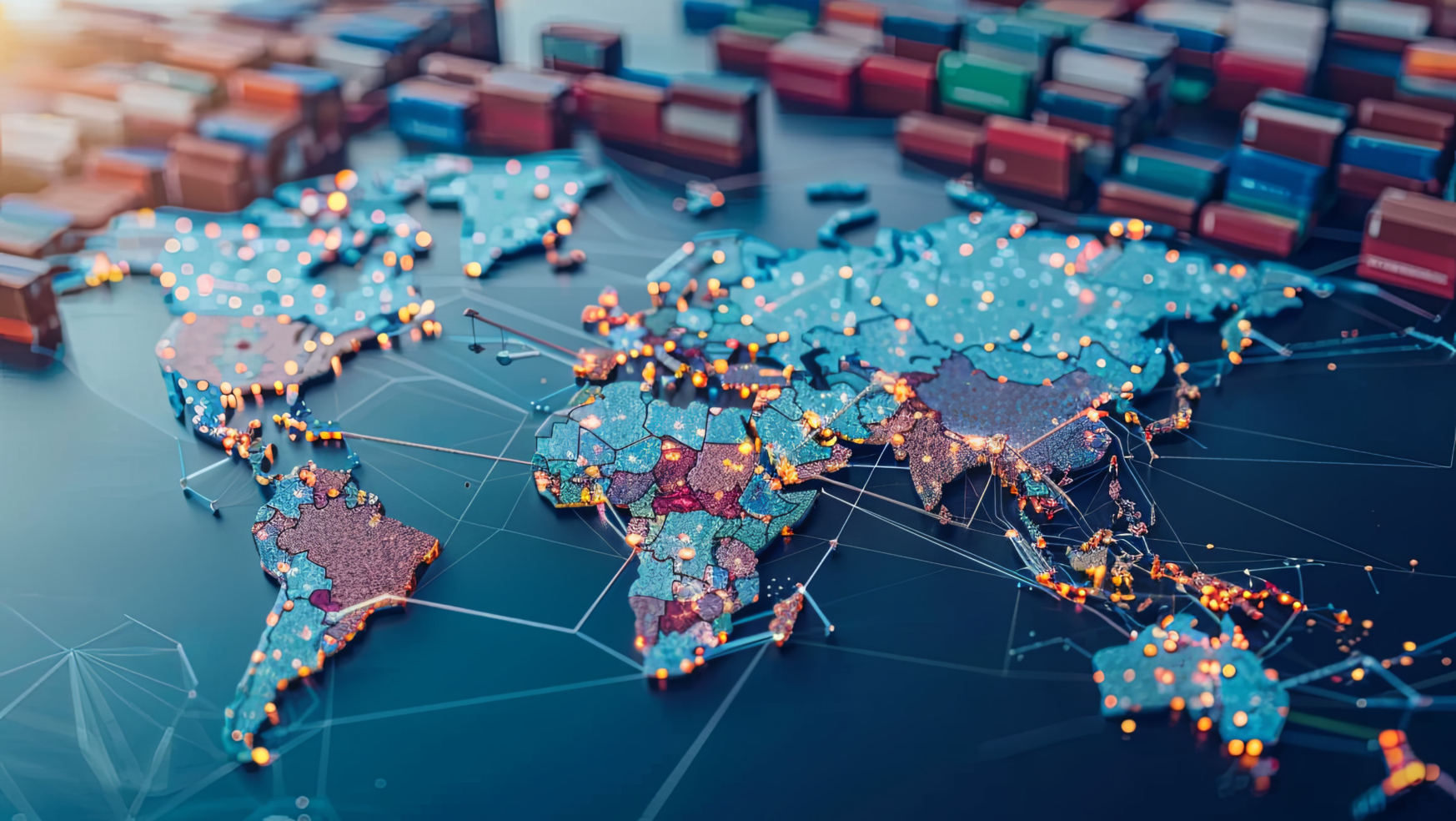
How High Tariffs Leads to Corruption, And What U.S Can Learn from Other Countries with High Tariff and Other Trade Barriers?
In many economies, high import tariffs and restrictive trade barriers create lucrative opportunities for rent-seeking and illicit payments, as customs officials and politically connected firms exploit opacity and valuation discretion to extract bribes. Studies by the Cato Institute and World Bank show that complex tariff schedules and inadequate oversight fuel corruption at border checkpoints. Indexes measuring trade restrictiveness find strong positive correlations between tariff levels and corruption perception, with countries like India and Russia among the worst offenders. Historical and contemporary case studies—from Argentina’s spiraling price controls and backroom deals to Zimbabwe’s endemic patronage networks—underscore that once protectionist measures are enacted, they become politically entrenched, enriching a small elite while undermining broader economic welfare. Yet experiences with tariff liberalization, as documented in recent AEA research, suggest that reducing duties and streamlining procedures can curb unofficial payments and improve compliance. Below, we examine the mechanisms linking high tariffs to corruption, survey lessons from other countries’ experiences, and consider how the United States might reconcile strategic trade objectives with the imperative of transparency and rule-of-law at its borders.
How High Tariffs Breed Corruption
Discretionary Valuation and Information Asymmetries
When customs authorities set high duties, the precise value or classification of imports becomes a point of leverage. Importers lack specialized knowledge, while officials possess wide discretion to appraise goods. This asymmetry enables “under-invoicing” schemes or over-valuation threats, with importers paying bribes to secure favorable tariff assessments.
Complexity and Regulatory Capture
Elaborate tariff schedules—often running into thousands of tariff lines—encourage companies to hire specialized brokers and lobbyists to navigate exemptions and exclusions. Beneficiaries of these carve-outs form powerful interest groups that resist transparency reforms, trapping the system in corruption and rent-seeking.
Political Entrenchment
Once tariffs are in place, the costs are diffuse across consumers, while the benefits accrue to a small, organized producer or trading-gatekeeper group. This concentration of gains fuels political contributions and campaign support, making tariff roll-backs exceedingly difficult—often persisting even after the original economic rationale has faded.
Country Case Studies
Argentina’s Protective Tariffs and Shadow Economy
Argentina, long characterized by import substitution policies, imposed steep tariffs on electronics and consumer goods, driving retail markups of over 80 percent. The resulting black-market trade and smuggling networks thrived, with customs officers routinely extorting importers for expedited clearances. A 2017 CNN analysis noted that these distortions deepened poverty and fueled graft scandals at the highest levels of government.
Zimbabwe’s Patronage and Procurement Abuse
Under import-substitution mandates, Zimbabwean authorities wielded non-tariff barriers—including outright bans and quota systems—that empowered officials to solicit bribes. GAN Integrity’s risk profile highlights how nepotism and opaque procurement in Zimbabwe are directly tied to its heavily restricted trade regime.
India’s Cumbersome Tariff Structure
Despite gradual liberalization, India maintains high duties on key industrial inputs. The resultant bureaucratic red tape and valuation disputes have long been identified as breeding grounds for petty bribery and “facilitation payments” to customs staff.
Lessons from Latin America’s Tariff Blunders
Several Latin American nations experimented with aggressive tariff hikes in the 20th century, only to see debt crises and corruption proliferate. An Op-Ed in the Buenos Aires Herald warns that Argentina’s repeated tariff reversals did little to dismantle entrenched cartels benefitting from protectionism.
Early U.S. Experience with Tariff Corruption
In the 1790s, the United States’ first tariff laws spawned cronyism, as local port commissioners and Congressmen traded tariff schedules for political support. John C. Pinheiro’s recent study highlights how early America’s tariff wars fostered corruption and hindered fair competition.
What the U.S. Can Learn
Streamlining and Harmonization
Adopting fewer, broader tariff categories and aligning U.S. Customs valuation rules with international best practices can reduce discretion and the room for graft.
Enhanced Transparency and Digitalization
Countries that have digitized customs declarations—such as Singapore and South Korea—report significant drops in informal payments. Real-time publication of tariff rulings and binding advance rulings schemes can lock in clear expectations for importers.
Phased Liberalization with Safeguards
Gradually lowering duties on intermediate goods, as in Mexico’s post-NAFTA reforms, can undercut smuggling networks while preserving targeted relief for sensitive sectors.
Strengthening Oversight and Whistleblower Protections
Embedding independent audit units within Customs agencies and enforcing strong whistleblower incentives—modeled on OECD best practices—can deter corrupt officials and expose malfeasance early.
Conclusion
High tariffs and trade barriers, though politically tempting for protecting domestic industries, routinely distort markets and incentivize corruption—from petty bribes at border posts to high-level patronage networks. The United States, in calibrating its tariff policy for strategic and economic objectives, has an opportunity to embed modern governance safeguards: streamlined schedules, digital customs processes, and robust oversight mechanisms. By learning from international experiences—where liberalization coupled with transparency markedly reduced rent-seeking—Washington can pursue a trade policy that balances protection of critical industries with the imperative of rule-of-law and institutional integrity.
Comments 0
No comments yet. Be the first to comment!